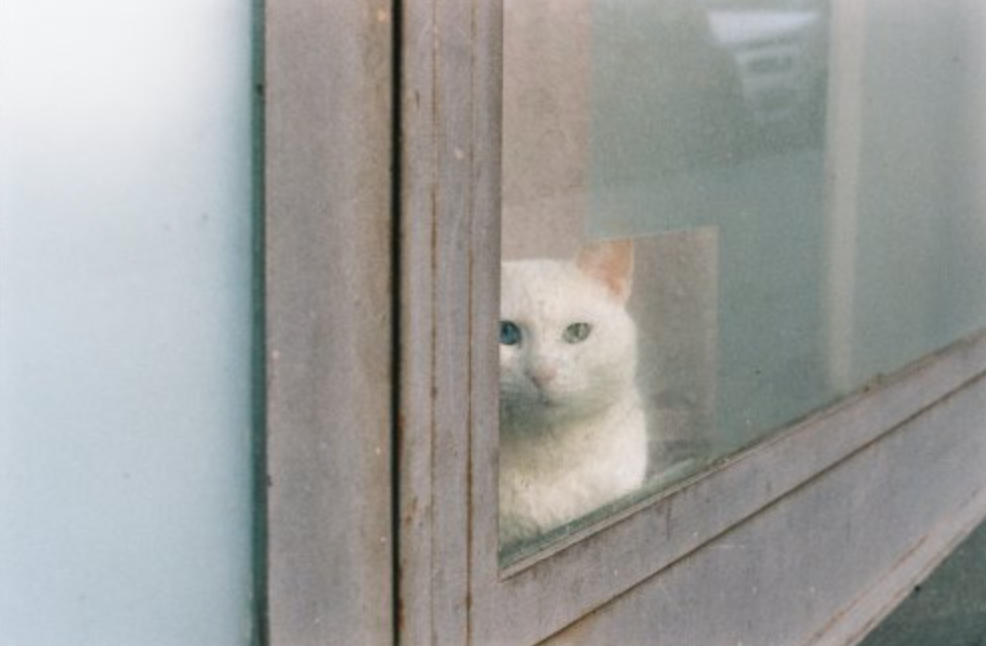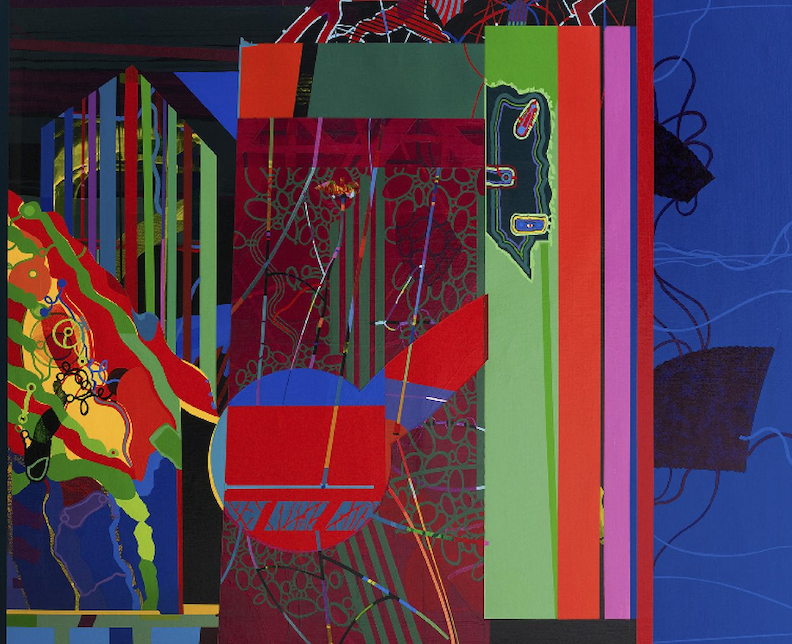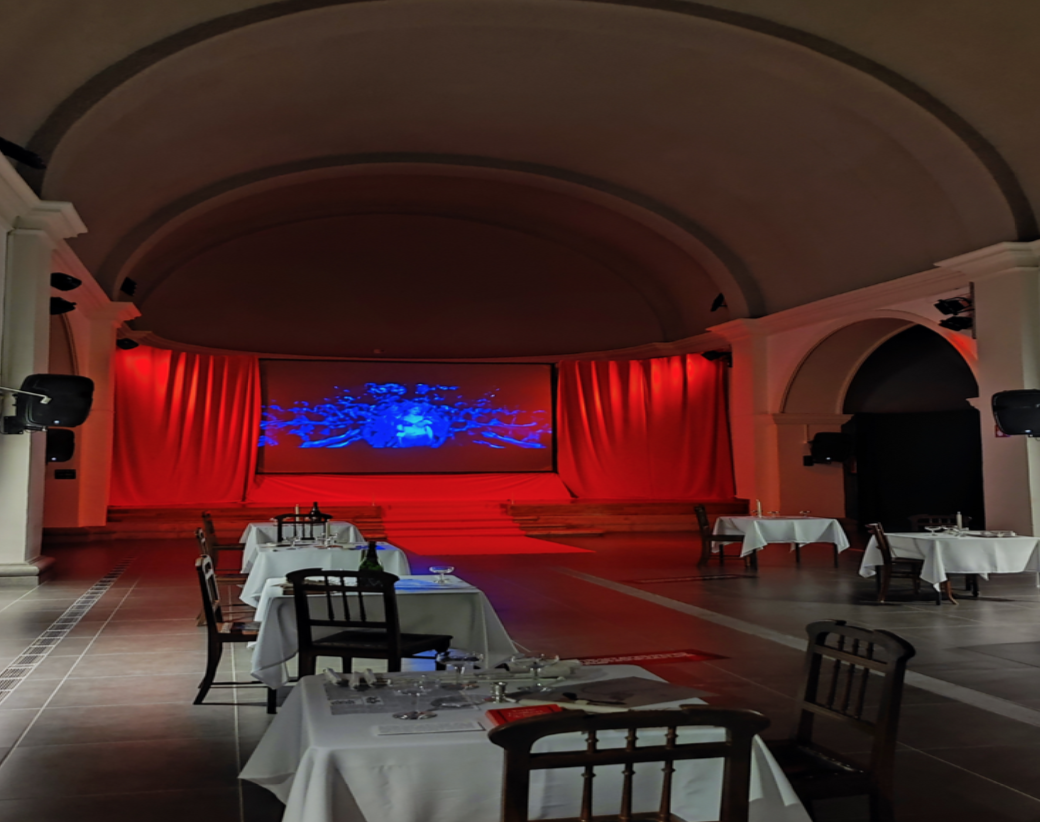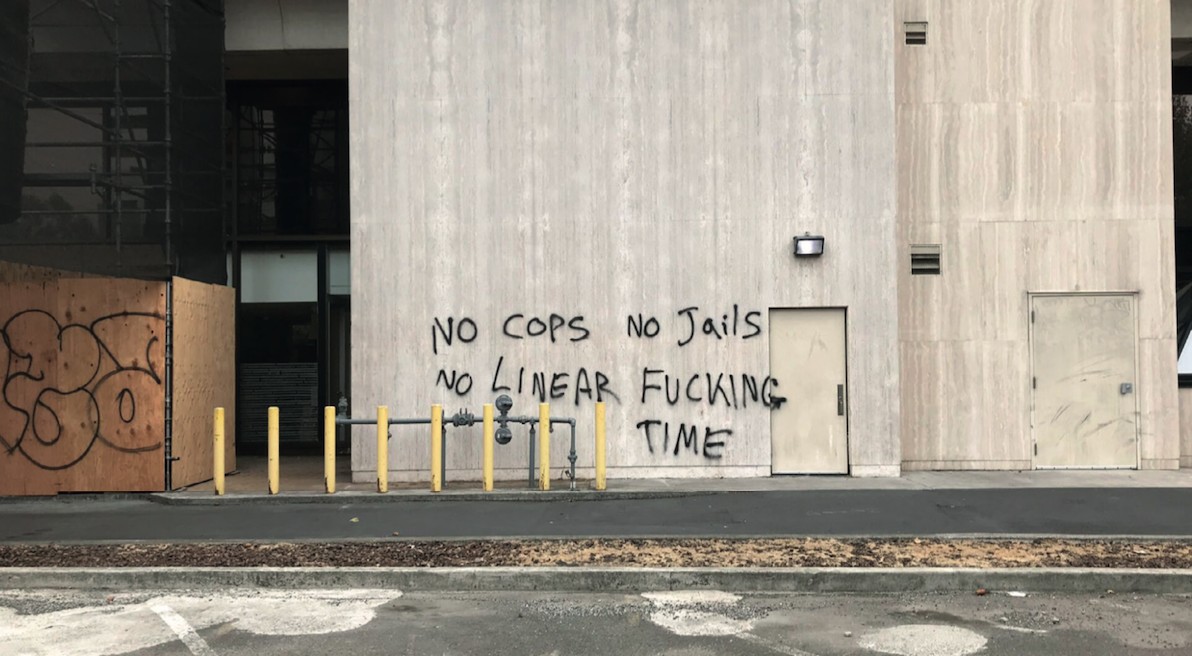Exhibitions
Mapfre Foundation presents "Julio González, Pablo Picasso and the dematerialization of sculpture"
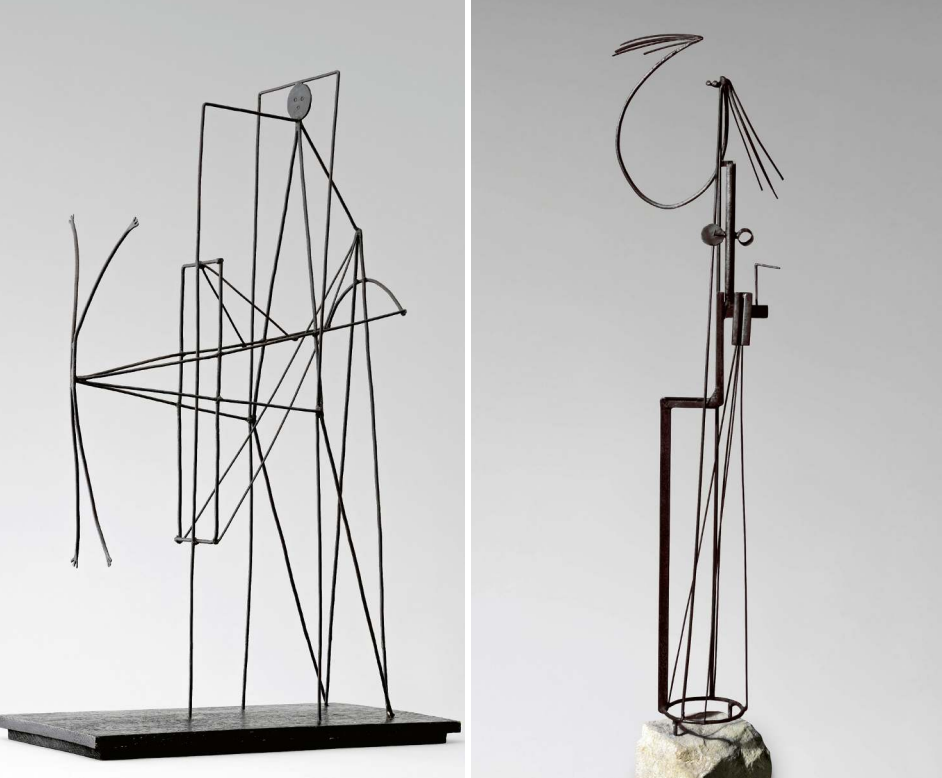
The Mapfre Foundation kicks off the exhibition season with the inauguration of Julio González, Pablo Picasso and the dematerialization of sculpture, an exhibition organized by the MAPFRE Foundation with the collaboration of the Musée national Picasso-Paris, the Spanish National Commission for the Commemoration of the 50th anniversary of the death of the Spanish artist Pablo Picasso and the González Administration.
The exhibition Julio González, Pablo Picasso and the dematerialization of sculpture, which can be visited from September 23, 2022 to January 8, 2023 at Sala Recoletos in Madrid, is the last major project of Tomàs Llorens, one of the most lucid and emblematic art historians of our country, who died on June 10, 2021. Curated with his son Boye, this exhibition culminates a line of research where the historian dedicated a central part of his work for much of his career.
Traditionally, the joint work between Pablo Picasso and Julio González has been considered by art historiography as the moment in which the "invention" of iron sculpture occurs and, therefore, the introduction of abstraction to sculptural territory. However, and for the first time, this exhibition shows how this fact, one of the fundamental milestones in international art of the 20th century, was not something isolated and specific, but the result of a process that "responded to a impulse of transparency and dematerialization that agitated, in different ways, the artistic creation of the late twenties and early thirties", in the words of Tomàs Llorens, curator of the exhibition at the origin of this project.
The exhibition Juliol González, Pablo Picasso and the dematerialization of sculpture presented by Fundació Mapfre shows that the issue is much more complex; his approach allows a better understanding of the relationship between both creators and addresses fundamental problems for the understanding of modern sculpture. In the period between 1928 and 1932, Julio González and Pablo Picasso collaborated on the artistic project that aimed to create a funerary monument dedicated to Guillaume Apollinaire, who died in 1918; Picasso had been commissioned by a commission made up, among others, of the poet's widow, Jacqueline Apollinaire, and the writers André Billy and André Salmon. The collaboration between González and Picasso, friends since the days of modernist Barcelona, began in September 1928. The process of joint work dragged on over time and finally did not come to fruition, at least not the way foreseen, due to the continuous differences with the committee, which expected a commemorative monument of a traditional nature. However, it did pay off. González created a series of dematerialized sculptures in which he would work for the rest of his career and which would earn him, posthumously, the recognition of being one of the fathers of abstract sculpture in iron, although he himself remarked on his remoteness regarding this trend. Picasso, for his part, learned the possibilities of forge work and iron welding taught by González, as well as to carry out some of the most relevant sculptures of the last century, such as Woman in the Garden.
This joint work, which Picasso did not approach until almost ten years after the death of his friend and which did not materialize in the terms foreseen, has traditionally been studied as the origin of a new type of 'sculptural expression: iron sculpture. The new way of working with metal was going to play a prominent role in the artistic production of the central decades of the 20th century and would be considered the sculptural equivalent of abstract expressionism and informalism; in other words, equivalent to the birth of abstract sculpture. The second premise from which this subject is usually treated involves closing the inquiry within the limits of the small set of works produced in collaboration by the two artists—eleven sculptures, seven small sketches—made in the course of fifteen or twenty work sessions over four years.
.





